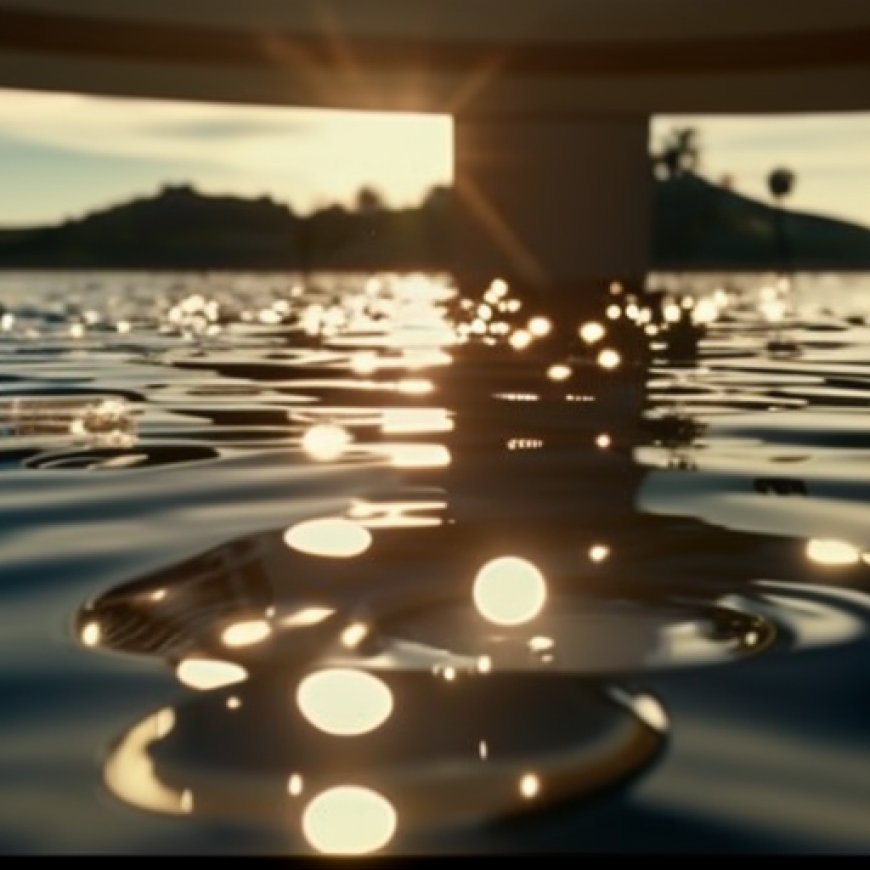Opinion: Clean drinking water is a human right. Why are so many California communities without it?
Opinion: Clean drinking water is a human right. Why are so many California communities without it? Los Angeles Times


Sustainable Development Goals (SDGs) and the California Water Crisis

Introduction
In 2019, Governor Gavin Newsom visited Riverview Elementary School in Parlier, a rural school in the Central Valley, to highlight the water crisis in California. The visit showcased the urgent need for clean drinking water in communities with contaminated wells. This article examines the progress made since then, the challenges faced, and the importance of addressing the water crisis in alignment with the Sustainable Development Goals (SDGs).
The Water Crisis and Sustainable Development Goals
The lack of access to clean drinking water in California is a pressing issue that aligns with several SDGs, including Goal 6: Clean Water and Sanitation. Governor Newsom recognized the urgency of the situation and vowed to find funding for permanent solutions to address the problem. The state allocated $1.3 billion over 10 years to support small water districts affected by contaminated or dry wells.
Challenges and Delays
Despite the availability of funds, progress in resolving the water crisis has been slow. The State Water Resources Control Board, responsible for administering the drinking water program, has awarded grants for planning, technical assistance, and construction. However, the number of failing water systems continues to increase, highlighting the need for stronger leadership and collaboration.
Disparities and Inequalities
The water crisis disproportionately affects lower-income communities of color in unincorporated areas. These communities have historically been marginalized and denied access to public services. Consolidation with local governments is often the most viable solution for these communities. However, resistance from neighboring cities, such as Exeter, has hindered progress. The state has had to intervene and order consolidation in some cases.
Long-Term Solutions and Implementation
While short-term fixes are being implemented in some communities, such as Tooleville, the full projects to connect these communities to clean water sources are estimated to take several years. Delays caused by negotiations with landowners and bureaucratic processes have further prolonged the implementation timeline.
Renewed Commitment and Urgency
Governor Newsom emphasized the importance of addressing the water crisis during his tenure. However, there is a need for renewed commitment and urgency to ensure actions align with rhetoric. The governor must use his power and influence to analyze delays and impose urgency on the process.
Conclusion
The water crisis in California is a pressing issue that requires immediate attention. It is essential to address this crisis in alignment with the SDGs, particularly Goal 6: Clean Water and Sanitation. By prioritizing leadership, collaboration, and timely implementation, California can work towards providing clean, safe, and affordable drinking water for all its residents.
About the Author
Miriam Pawel is an author known for her work on social justice issues. She is currently working on a history of the University of California.
SDGs, Targets, and Indicators in the Article
1. SDGs Addressed or Connected to the Issues Highlighted in the Article:
- SDG 6: Clean Water and Sanitation
- SDG 10: Reduced Inequalities
2. Specific Targets Under Those SDGs Based on the Article’s Content:
- SDG 6.1: By 2030, achieve universal and equitable access to safe and affordable drinking water for all.
- SDG 10.2: By 2030, empower and promote the social, economic, and political inclusion of all, irrespective of age, sex, disability, race, ethnicity, origin, religion, or economic or other status.
3. Indicators Mentioned or Implied in the Article to Measure Progress Towards the Identified Targets:
- Number of Californians without access to clean drinking water
- Number of water districts failing, at risk, and potentially at risk
- Progress in providing safe and affordable drinking water to communities with contaminated wells
- Efficiency of partnerships forged between state government and communities
- Timeliness of pipeline construction and infrastructure improvements
- Reduction in inequalities in access to clean drinking water
Table: SDGs, Targets, and Indicators
| SDGs | Targets | Indicators |
|---|---|---|
| SDG 6: Clean Water and Sanitation | Target 6.1: By 2030, achieve universal and equitable access to safe and affordable drinking water for all. | – Number of Californians without access to clean drinking water – Progress in providing safe and affordable drinking water to communities with contaminated wells |
| SDG 10: Reduced Inequalities | Target 10.2: By 2030, empower and promote the social, economic, and political inclusion of all, irrespective of age, sex, disability, race, ethnicity, origin, religion, or economic or other status. | – Number of water districts failing, at risk, and potentially at risk – Efficiency of partnerships forged between state government and communities – Reduction in inequalities in access to clean drinking water |
Note: The table includes the SDGs, their corresponding targets, and some of the specific indicators mentioned or implied in the article.
Behold! This splendid article springs forth from the wellspring of knowledge, shaped by a wondrous proprietary AI technology that delved into a vast ocean of data, illuminating the path towards the Sustainable Development Goals. Remember that all rights are reserved by SDG Investors LLC, empowering us to champion progress together.
Source: latimes.com

Join us, as fellow seekers of change, on a transformative journey at https://sdgtalks.ai/welcome, where you can become a member and actively contribute to shaping a brighter future.







